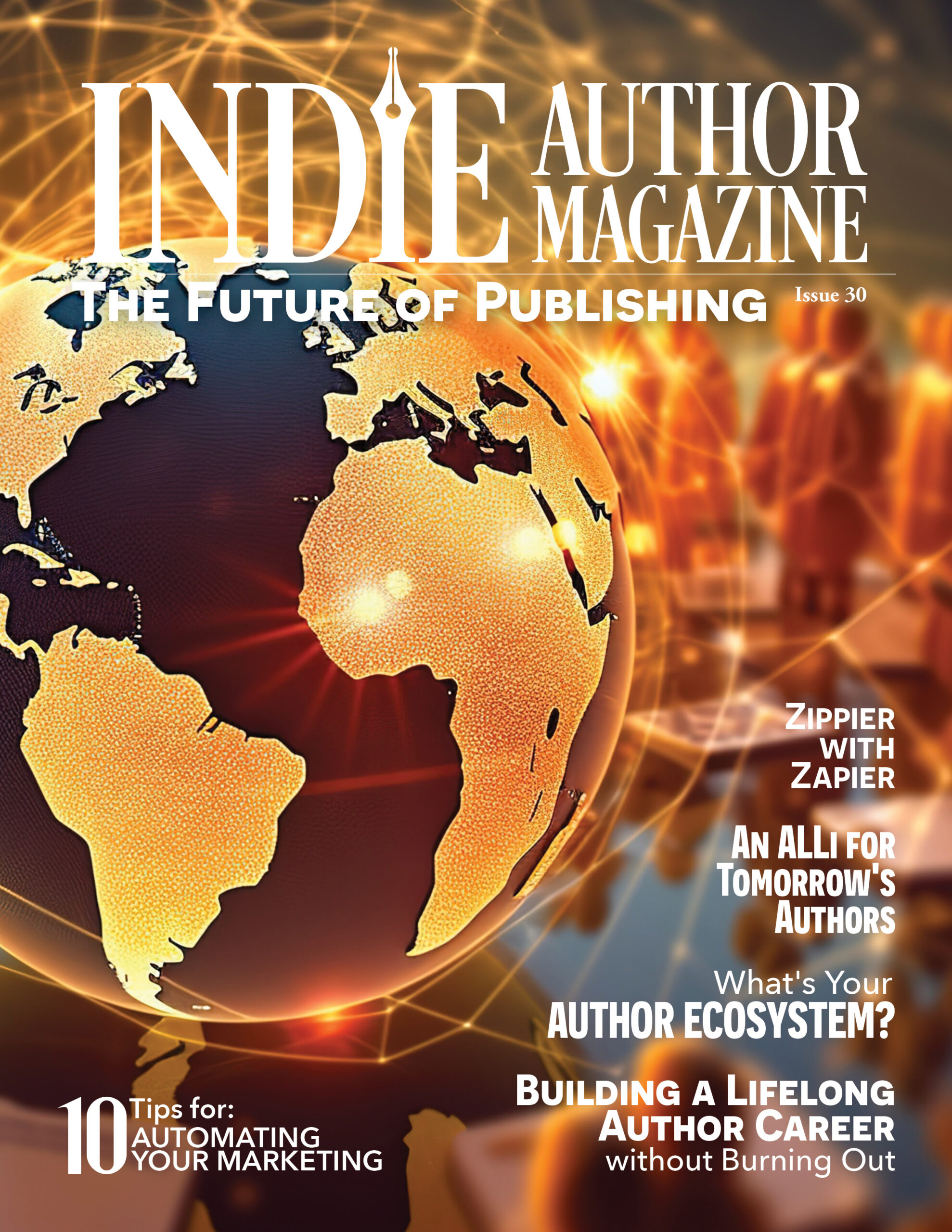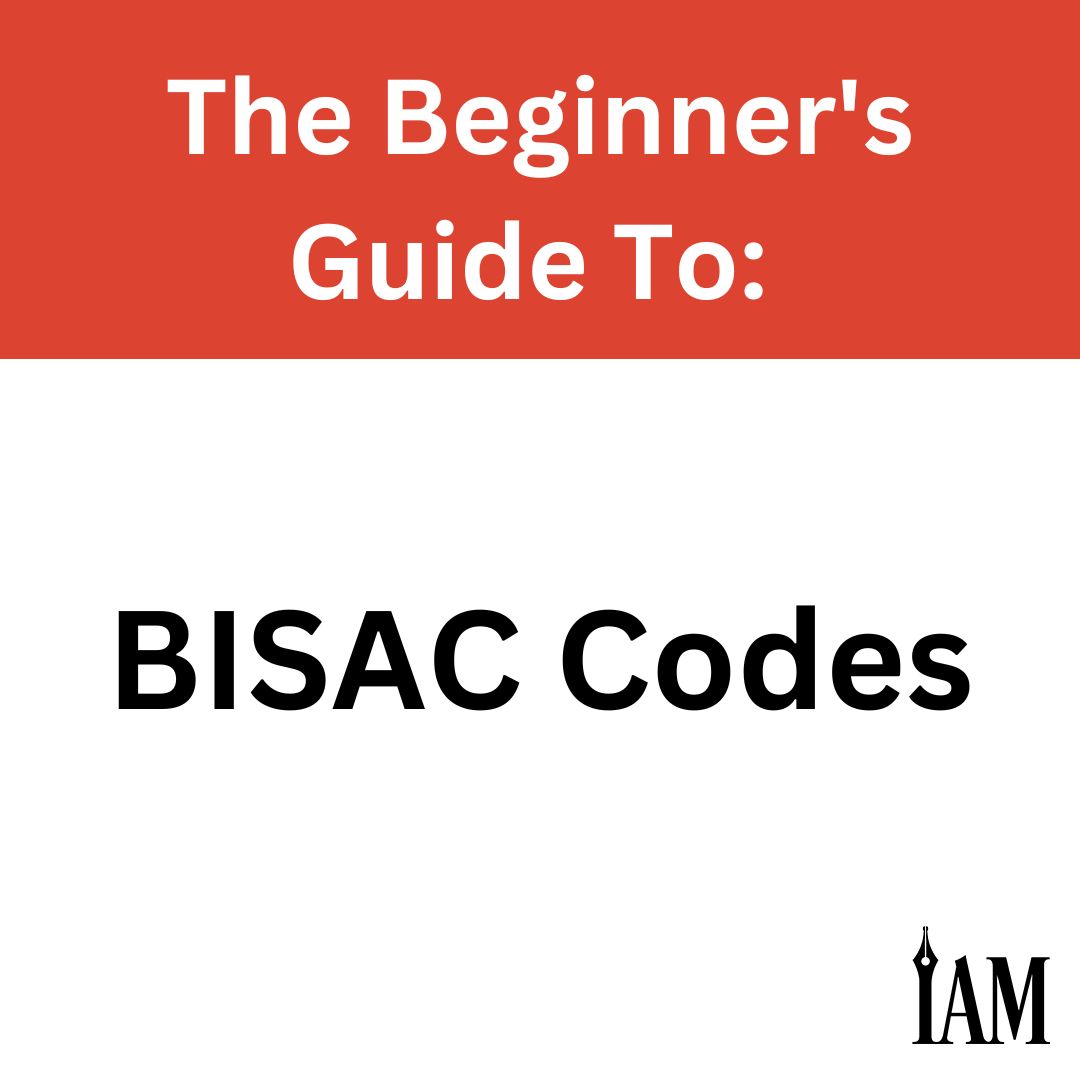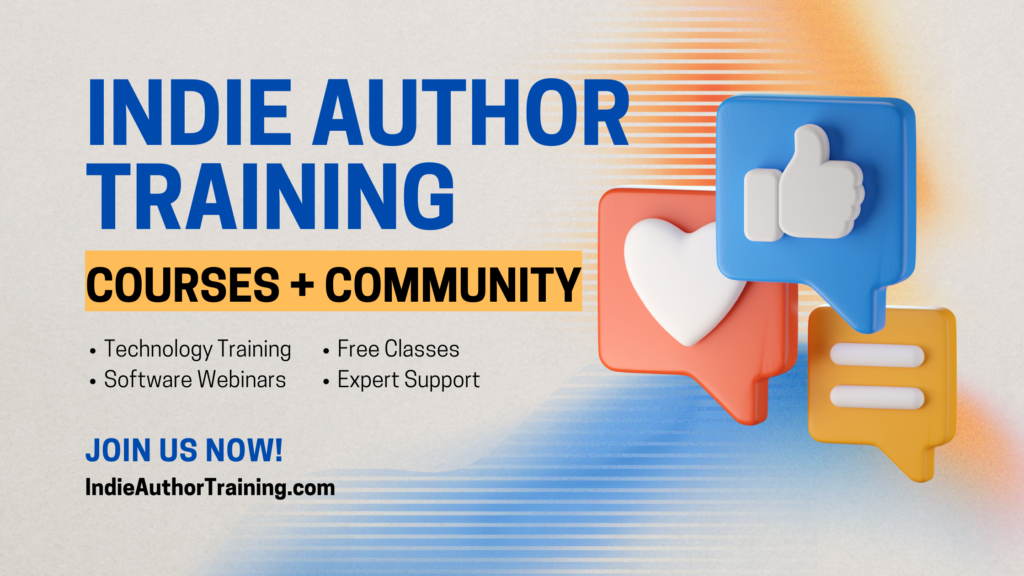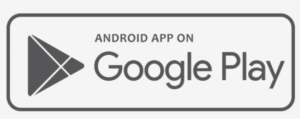Over the years, we’ve seen adaptations in how books have been categorized. The changes have been prompted by libraries, publishers, and bookstores and were put in place to make it easier for booksellers and readers to navigate the extensive, ever-growing catalog of books available.
Think about walking into a bookstore and wanting to find a book. In this scenario, this is one of those spectacular two-level bookstores with shelves of wonderful tomes. Where do you go to find the book you want?
In the late 1980s, the Book Industry Study Group (BISG) developed a hierarchy to foster efficiency in the book industry and help brick-and-mortar stores and online retailers categorize books based on their content. The classification system is called the Book Industry Standards and Communications code, or BISAC, for short. As a school media specialist-librarian, I like to think of the BISAC system as the business world’s adaptation of the Dewey Decimal System. Thanks to these codes, ask for a book, and any bookstore employee will likely be able to walk you directly to the shelf where it’s stored, along with similar stories to the one you’re looking for.
With the BISAC system, every book category is given a nine-digit alphanumeric code. This is where I’d like to point out that keywords are not BISAC categories. Keywords are terms readers use to identify a specific book or trope and cover a broader variety of topics. Amazon’s categories can also be separate from the BISAC system—for instance, “Fantasy TV, Movie & Game Tie-In” is a searchable term and category on Amazon but is not listed as a BISAC subject heading. The BISAC Subject Heading list uses a limited list of specific categories that is standardized in the North American book industry.
In that humongous bookstore from earlier, the fiction section and nonfiction selections are likely separated. The adult section is separate from the children’s section, and the teen section has another little area in the store. Within those areas, the topics branch out into further subcategories. You can find the complete list with links to subcategories at https://bisg.org/complete-bisac-subject-headings-list. That is the beauty of the BISAC system. It is consistent, making it easier for booksellers to place books and for readers to find them.
Why Do BISAC Codes Matter?
Using the BISAC system to organize bookstores and other distribution sites is more than just an aesthetic choice. Without the BISAC system, title organization could vary from one place to the next, and a book could easily end up in the wrong category because, often, a category has both fiction and nonfiction classifications. “Marriage and family” may be a subcategory under the nonfiction category Family and Relationships, but it is also a subcategory of Fiction, Humor, Juvenile Fiction, and YA Fiction. A reader could want a book with practical advice on how families can manage their busy lifestyles, but without a system in place, they could be misdirected to a book about a zany family that learns to appreciate each other through the highs and lows of day-to-day life.
This is just one topic. Think of books on King Arthur. Is the reader looking for a retelling, a story inspired by the historical time period, or factual evidence of the original story? BISAC codes ensure they get the book closest to meeting their needs.
How Do Distributors Use Them?
The BISAC system is widely used by various retailers in the book industry, but it isn’t just another optional marketing tool. For these distributors and others, it’s a required piece of your book’s metadata. Here are some major retailers and platforms that catalog books using BISAC codes:
- Amazon uses BISAC codes extensively to organize books on its platform. In the past, authors could ask to have books added to as many as ten categories, but as of June 2023, this has changed. The updates to how authors use the Amazon categorization system mirror other retailers’ systems, helping readers find books that suit their interests. In the book detail section, authors choose up to three categories as listed in the BISAC Subject Heading list. The search terms they’d like associated with their books go into the keyword section but do not guarantee the book will be listed in the categories associated with the terms.
- Barnes & Noble, a prominent bookstore chain in the United States, also employs BISAC codes to classify books in its physical stores and online platform. Authors can apply up to three codes per book. This allows customers to browse books by specific subjects or genres. It is also why a reader can walk into any store and find what they need; the layout is similar.
- Many independent bookstores utilize BISAC codes to categorize their inventory and make it easier for customers to browse and discover books of interest within specific subject areas.
- Various online platforms and book distributors, such as Ingram, Baker & Taylor, Google Books, and Kobo, rely on BISAC codes to classify and organize books within their catalogs. Users can search and explore books by subject, making it more convenient to find relevant titles.
The beauty of the consistency of the BISAC system is that any reader can explore from one site or bookstore to the next without having to adapt their research methods.
Selecting BISAC Codes For Books That Don’t Fit the Mold
Selecting the right BISAC categories can be easier for some authors than for others. If your book blurs genre lines or doesn’t seem to fit neatly into certain categories, it can take time to figure out where your book fits best—but there are ways to make it easier.
When publishing a book on Amazon, authors select BISAC code options from a drop-down menu that mirrors the BISAC listings on the BISG site. After choosing a category, authors can then select more specific subcategories from an additional list. If you’re not sure where yours fits, here’s a great author hack: find books similar to the one you are adding to your KDP Dashboard and read through the categories they use. Tools such as Publisher Rocket (https://publisherrocket.com) and K-lytics’ genre reports can also help when reviewing the options.
Other online retailers, such as Barnes & Noble, Draft2Digital, Google Books, have a search function that helps the author find the best-fit book categories. In the search bar, type the book category or subcategory. From there, the system suggests a list of options to choose from. When I searched Horror, I received four suggestions. Thriller garnered fourteen possible listings.
Still need to niche down? Add additional search terms or tags to the metadata. For instance, you can categorize a book as Fiction-Romance-Later In Life, but in the keywords section, you can also add terms like “second-chance romance,” “dating,” or “best friend romance” to more accurately describe your story.
The BISAC system is a living document, and the BISG is aware of the ever-evolving nature of the book industry. The organization reviews and updates the subject headings list annually, and on their book category page, BISG provides a link to a form for authors to offer suggestions. Bear in mind, several examples of books that fall within the suggestion are required to validate the request.
How to Manage Books For Readers Aged 18+
Beyond categories for story content, the BISAC system also has a hierarchical organization that indicates whether a book is appropriate for readers under eighteen. The YA and Juvenile categories say the book is suited for readers under eighteen. Anything outside those categories indicates the material may not be suitable for younger readers because of language or subject matter in the story.
Choosing the appropriate BISAC codes won’t limit how your story appears in searches and may in fact help more of the right readers find your story. Moreover, indicating when a book has explicit content is working under the guidelines of best practices of the BISG. By not doing so, the author—and by default, the bookseller—risks attracting readers that would take offense.
The beauty of the BISAC system is that major categories and subcategories make it easy for the publisher to indicate the material contains explicit content. For instance, Horror is a category for dark elements. Several main categories have Erotica listed as a subcategory.
Online retailers have also taken measures to ensure the right reader finds the right book. Some outright have a checkbox that asks, “Is this material unsuitable for someone under the age of 18?” If the answer is yes, they will then ask if the material is erotic or explicit.
By answering these questions truthfully, distributors can ensure the book is shelved or coded in the correct section of the store.
Remember, the BISAC system is not meant to eliminate publishing options or confuse authors. Experiment with the options and research categories to find the best fit, and you’ll make it easier for the right readers to find your book.






